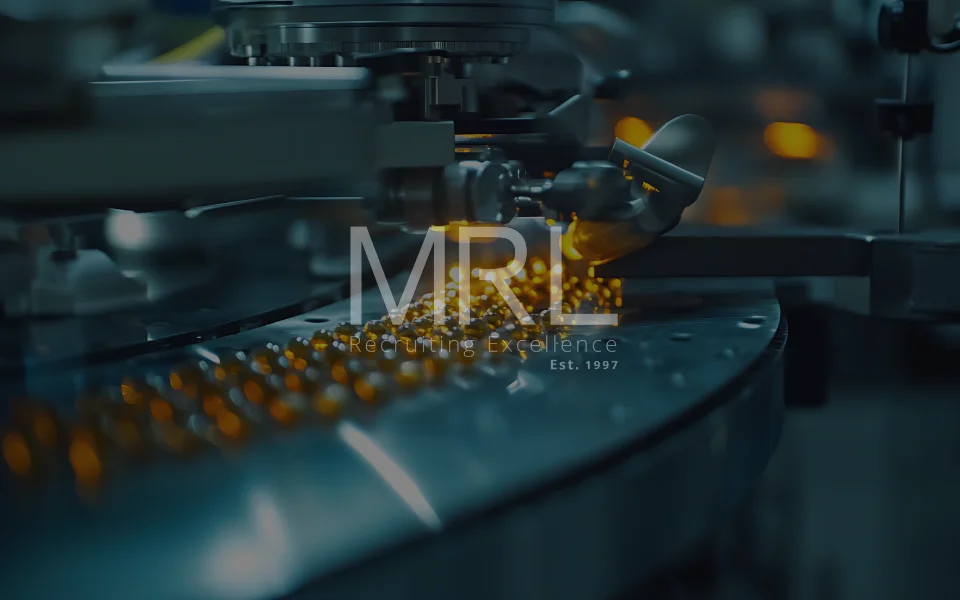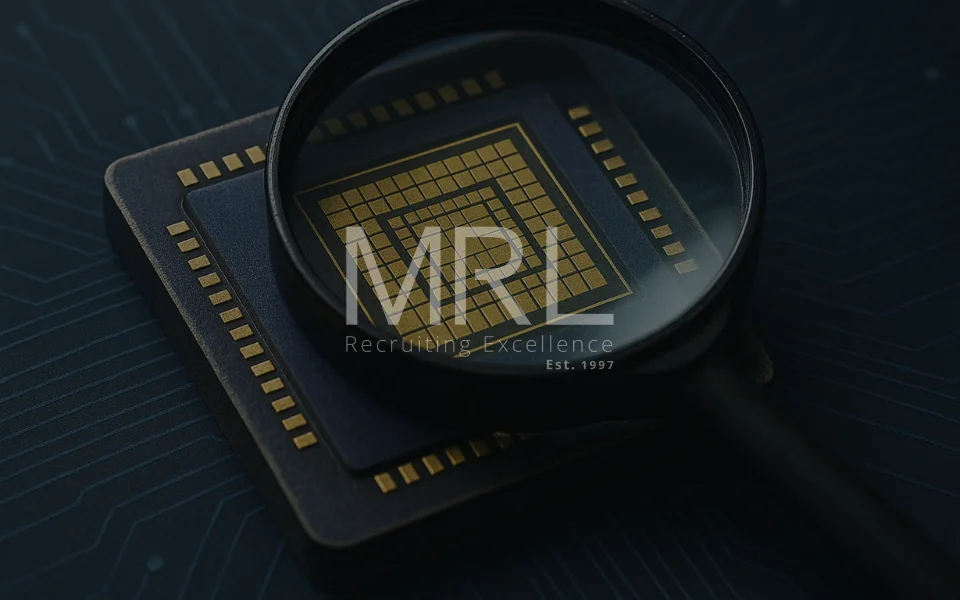Is JITM (Just In Time Manufacturing) in Semiconductor Manufacturing an option?
14 Feb, 20225 minutesHowever, the recent semiconductor shortage - which has heavily impacted the automotive indus...

However, the recent semiconductor shortage - which has heavily impacted the automotive industry in particular - has highlighted some flaws in this type of inventory control method. With time, and with a return to the normal continuity of manufacturing supply chains, will companies shift away from JITM; and take learnings from the present by seeking to stockpile raw materials to avoid future impacts, or will manufacturers revert back to JITM and strike the last two years off as bad luck?
What is just-in-time manufacturing?
Just-in-time is an inventory manufacturing model that allows you to keep minimal inventory on hand. JIT allows you to order and receive new products - be it raw materials or other manufacturing inputs - as and when they are needed.
The origins of the JIT manufacturing method start as early as the 1930s and 1940 in Japan. Following World War II, Japan was looking to rebuild its economy but had too much labour available and lacked cash flow, land space and natural resources. Over a period of 30 years, the JIT manufacturing system was created and perfected by Taiichi Ohno in Toyota’s manufacturing plants in Japan.
When Japan was hit by the ‘oil shock’ in 1973, many other manufacturing companies in Japan began adopting this production system. In the late 1970s, this production method continued to spread to neighbouring and even western countries such as the US.
With some of the largest semiconductor manufacturers operating out of Japan, South Korea and Taiwan, it’s no surprise that these companies have employed JIT manufacturing processes over the years. However, producing technological goods takes a significant amount of time, and thus, JIT manufacturing has become a less viable production option in light of raw material shortages.
The Just-in-time model allows businesses to create a leaner manufacturing process and offers numerous benefits:
- Reduces wastage
- Increases efficiency
- Improves productivity
- Lowers costs
- Helps improve quality
- Optimises production
- Improved use of storage space
Additionally, it is easy to implement given the rise in globalisation, with manufacturing being an international business benefiting from competitive labour rates and shipping costs in lesser established countries.
Is JIT manufacturing a sustainable option for semiconductor manufacturing?
The semiconductor shortage has highlighted many issues within supply chain management generally. However, it has also exposed some shortcomings in JIT manufacturing too.
Producing semiconductors, chips and electronic components takes significantly longer than other manufacturing processes such as metal printing. The efficiency of semiconductor manufacture is in itself dependent on adequate access to raw materials, which in some instances cannot be mined or extracted quickly enough in large enough volumes. This disparity in raw material lead times brought many production lines to a halt, with some of the world’s largest automotive manufacturers left in limbo.
The knock on effect is that businesses, such as automotive manufacturers, purchase tens of millions of dollars from various suppliers, on credit (some credit terms extend to 6 and 12 months), so that their payment date closely mirrors the date the car is sold. With production halted due to semiconductor shortages, many car manufacturers were left footing negative cash flow positions for prolonged periods of time with other raw material suppliers who had already supplied inventory.
The lack of chip availability has also handed an increase in power to semiconductor manufacturers who are now positioned perfectly to demand longer contracts, and larger commitments of their customers, in some cases at better margins. With this in mind, it may transpire in the short and medium-term that JITM is not feasible when considering semiconductors; which could result in a segmented supply chain management approach with many more moving parts than previously.
The History of the Semiconductor Shortage
Here at MRL, we have been a mouthpiece for this issue over the past 18 months, recognising and communicating the news about the global semiconductor shortage since it first began. And, unfortunately, there doesn’t appear to be an end to the shortage in 2022.
How can candidates take advantage of this shifting market?
As is typically the way with the manufacturing industry, when problems arise, the companies with the best resources (both human and non-human) are the ones that will thrive and benefit. This means that across manufacturing, we’ve seen a vast shift in candidate power. The market is candidate-centric like never before with proficient and experienced microelectronics engineers, supply chain managers and software engineers in high demand.
MRL has been recruiting candidates within the semiconductor market for over twenty years, and we’ve built relationships with some of the industry leaders, so, if you’re ready to take on a new opportunity, get in touch with us and one of our specialist recruiters will talk you through the opportunities that are available to you.





